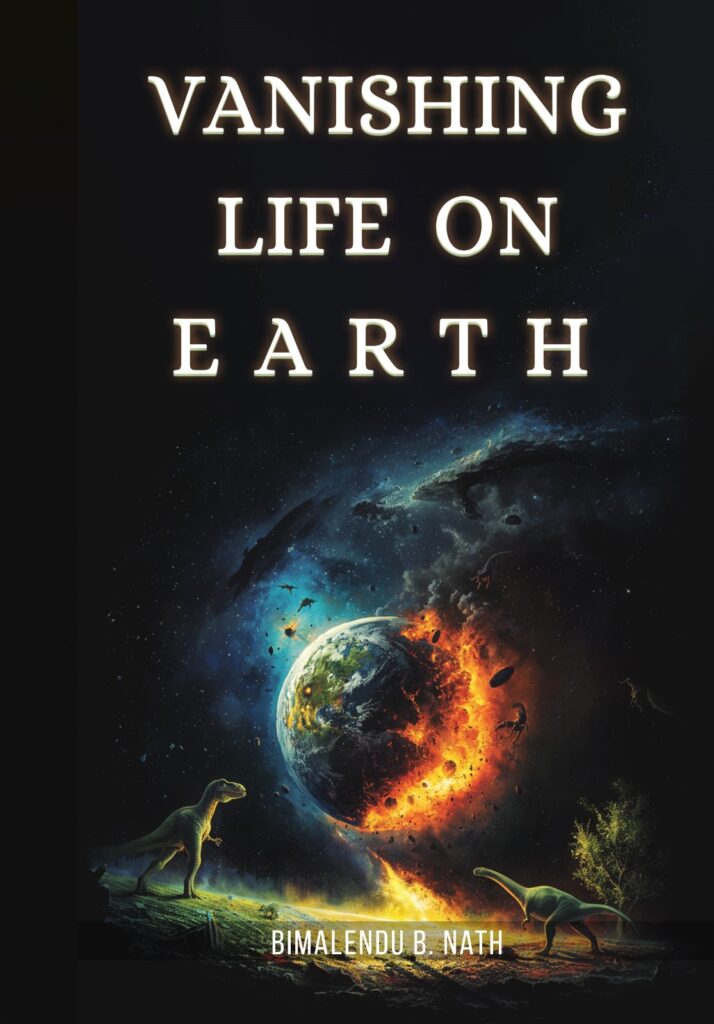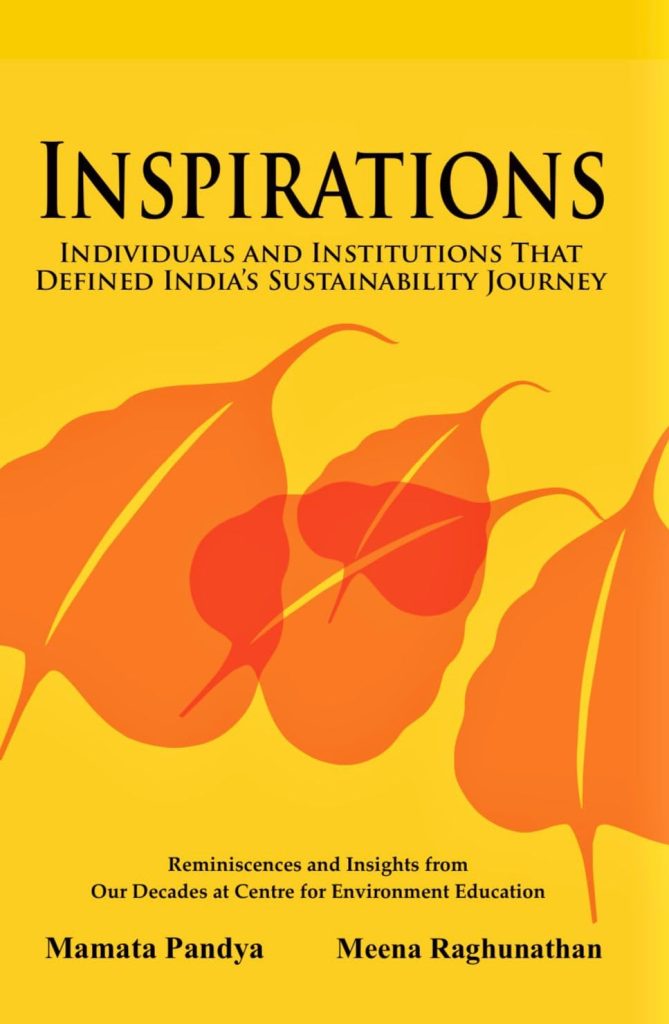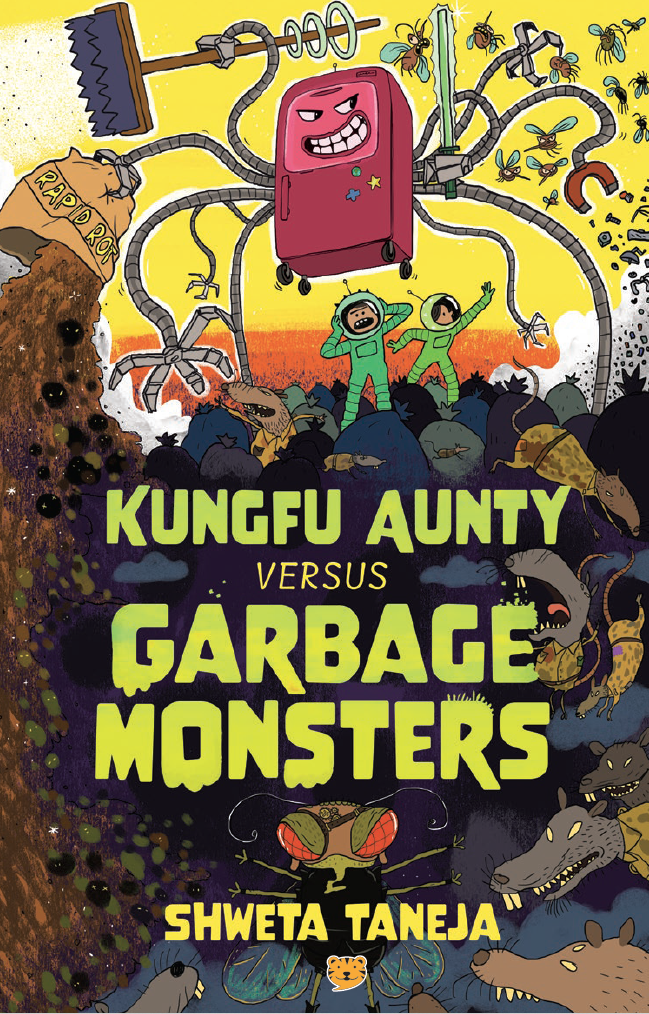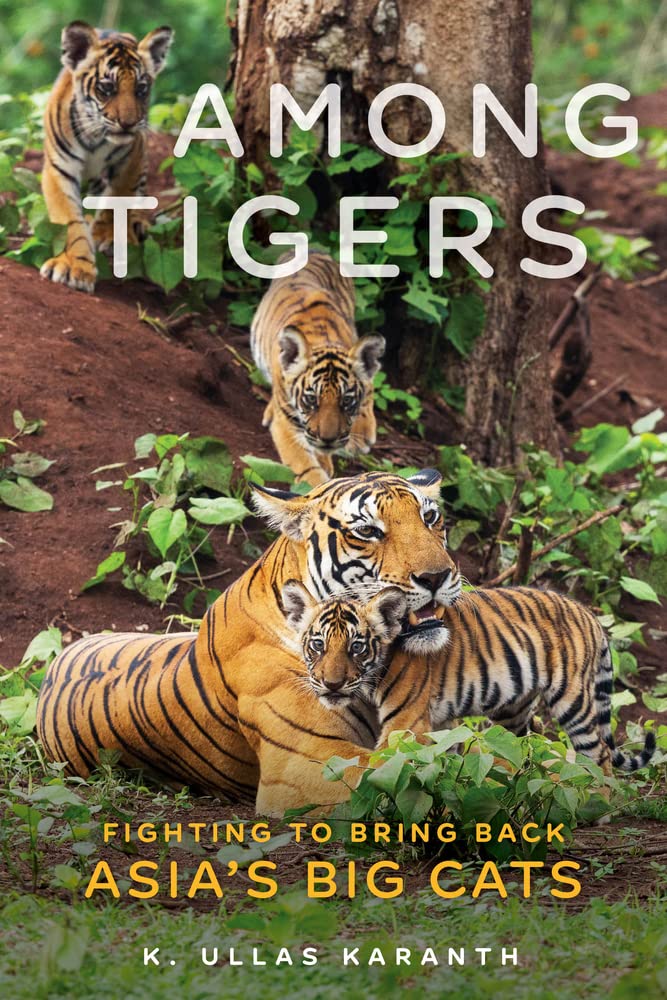When corporations form alliances with conservation NGOs, are they equal partners? With their enormous political and financial clout, corporations hold all the chips while conservation organizations transform from environmental watch-dogs to corporate public relations machines.
At a time when the British Petroleum (BP) oil spill and the Bhopal gas tragedy are in the headlines, Green, Inc. offers an insight into the murky world that lies at the intersection between Big Business and Big International NGOs (BINGOs). Reports of the appalling treatment of traditional and indigenous peoples at the hands of conservation BINGOs started getting louder during the 2000s. In 2004, Mac Chapin, an anthropologist, wrote a seminal essay ‘A Challenge to Conservationists’ in World Watch Magazine chronicling the cynical alliance between conservation BINGOs and Big Business against local people across Latin America’s extensive forests.
As money for conservation became harder and harder to find through the 1990s, the BINGOs increasingly banked on a lucrative source of revenue – the corporate sector. In return for the favour, executives from these donor companies sat on the boards and councils of the charitable organisations whose integrity in the conservation of wildlife and ecosystems became increasingly compromised. The NGOs, however, defended their strategy by saying that the alliance provided them with leverage that they did not otherwise possess, and that they were actively advising the companies on best environmental practises for the benefit of ecosystems. But when large extractive industries decimated forests in search of oil and minerals, these BINGOs were accused of mutely watching, or even providing validation for the companies’ activities. Instead of supporting the struggle, the local people were waging against this destruction, the conservation organisations denounced the indigenous peoples who had been living in these forests for centuries, blaming them for the loss of biodiversity.
When corporations form alliances with conservation NGOs, are they equal partners? With their enormous political and financial clout, corporations hold all the chips while conservation organizations transform from environmental watch-dogs to corporate public relations machines. At a time when the British Petroleum (BP) oil spill and the Bhopal gas tragedy are in the headlines, Green, Inc. offers an insight into the murky world that lies at the intersection between Big Business and Big International NGOs (BINGOs). Reports of the appalling treatment of traditional and indigenous peoples at the hands of conservation BINGOs started getting louder during the 2000s. In 2004, Mac Chapin, an anthropologist, wrote a seminal essay ‘A Challenge to Conservationists’ in World Watch Magazine chronicling the cynical alliance between conservation BINGOS lobbied for their removal and on occasion even labeled their desperate attempts at saving their forest homes as terrorism.
As Chapin points out, conservation NGOs staffed primarily by biologists were more conversant with saving natural resources and had no expertise in handling people issues. This is where Green, Inc., is enlightening. A former journalist who worked for a time at Conservation International, she is in a unique position to narrate this story. At the heart of her book is the question: Are conservation NGOs and large corporations equal partners in such alliances? With their enormous political and financial clout, corporations hold all the chips while conservation organisations transform from environmental watchdogs to corporate PR machines.
In the developing world, where these multi-billion dollar conservation organisations fund local groups, they use their considerable clout to overrule indigenous struggles against forces that are detrimental to conservation. For example, regional conservation groups had been pressurising Tata Steel and Larsen & Toubro to move the Dhamra port from its current ecologically sensitive location on India’s east coast. However, with the arrival of IUCN as official consultants to the project, local opposition was steamrolled and ‘reputation insurance’ was provided to the port promoters. The international NGO’s advice will at best prevent some turtle mortality whereas the activities of the port threaten the entire nesting habitat of sea turtles in Gahirmatha as well as the nearby mangrove forests of Bhitarkanika, jeopardising the last remaining stronghold of the saltwater crocodile in India, and future generations of countless life forms and the habitats as we know them today.
In October 2002, the then-CEO of Dow Chemicals (the company that bought Union Carbide), Michael Parker, was addressing 500 guests at a $75-a-plate event in Houston, Texas. The occasion: He was receiving an award for ‘Dow’s contributions to the environment from the Nature Conservancy (TNC)! TNC could not have been unaware that two feisty survivors of the world’s worst industrial disaster in Bhopal, Rashida Bee and Champi Devi Shukla sat in a hunger strike outside the Dow Chemicals’ annual shareholder meeting in Michigan and similar protests outside the UN building in New York earlier that year.
As these BINGOs became bigger with large infusions of corporate donations, it took more and more money to sustain them. At the same time, another drain on conservation money was the huge incomes the CEOs of these large charities earned, which were nearly comparable to their corporate counterparts. The do-good organisations also began to resemble their corporate donors in other ways: MacDonald chronicles the various charges of impropriety against these leaders, such as giving themselves large bonuses, paying for personal expenses, interest-free loans, and so on by dipping into the organisations’ kitty. Few donors investigate how their money is used and are often content with the glossy reports that conservation NGOs produce. Both Chapin & MacDonald argue that NGOs function largely without any regulatory oversight, while even corporations are answerable to their stakeholders.
A couple of months ago, Joe Stephens of the Washington Post revealed that BP gave $ 2 million in donations to Conservation International (CI) and $ 10 million to the TNC plus land assets over the years. BP was represented on CI’s Board as well as on TNC’s International Leadership Council. Yet neither of these two leading conservation organisations could help the British energy conglomerate’s refinery in Texas from being branded as ‘the most polluting plant in the United States. Nor does the partnership appear to have inculcated responsible stewardship of the environment as reports of cutting financial corners, and inadequate precautions emanate after the oil spill in the Gulf of Mexico. Instead, soon after news of the oil spill broke, TNC distanced itself from BP while CI was analysing its ‘reputational risk’. The question then arises, if these environmental NGOs are so quick to cut and run during a calamity when their advice is most needed, what real goals did they achieve during the partnership?
During the recent Copenhagen summit to address climate change a columnist for The Independent, Johann Hari, accused BINGOs of siding with oil and petroleum businesses and the governments of the First World to scuttle any effort to set targets such as capping the rate of increase of temperature, and safe level of carbon dioxide in the atmosphere.
Is collaborating with Big Business a deal with the devil or a pragmatic alliance for conservation? Evidence that they change their destructive practices on the advice of conservation organisations is hard to find. In mid-July 2010, on the eve of releasing the UN report ‘The Economics of Ecosystems and Biodiversity (TEEB) for Business,’ of which he is the Study Leader, Pavan Sukhdev told The Guardian that businesses are “soulless corporations” and called on society to hold them accountable. Reading Green, Inc. is a good first step for any citizen willing to take up such an initiative. While the book focuses on American organisations, much is lost between the cup of donations and the lip of effective conservation action in India too. With large sums of money being spent, it is time someone investigated how much work is actually being done.
Further reading:
Christine MacDonald. 2008. Green, Inc. An environmental insider reveals how a good cause has gone bad. The Lyons Press.





